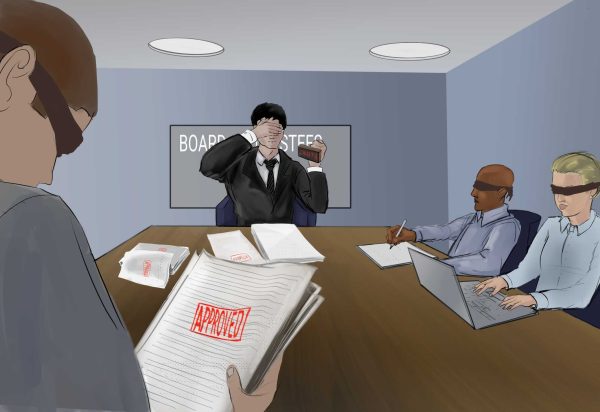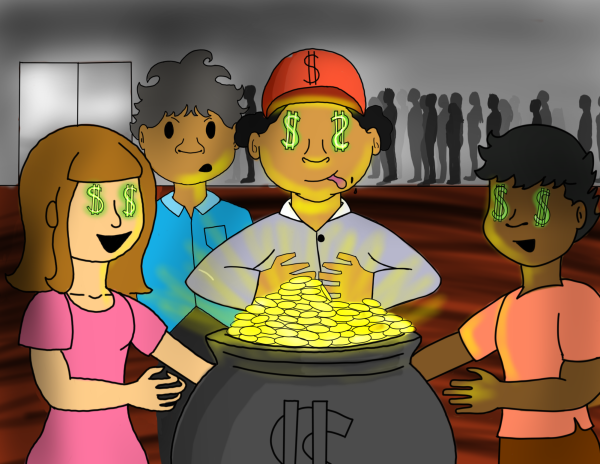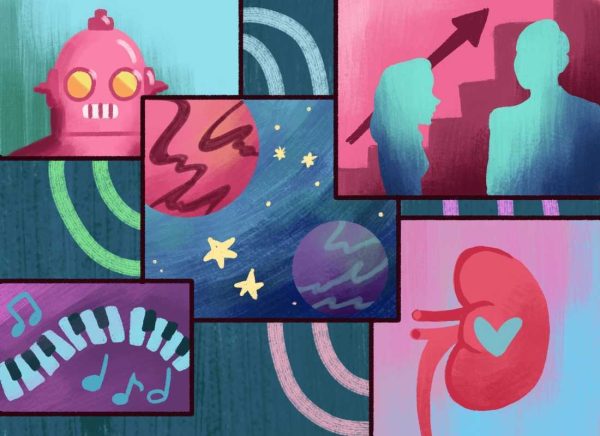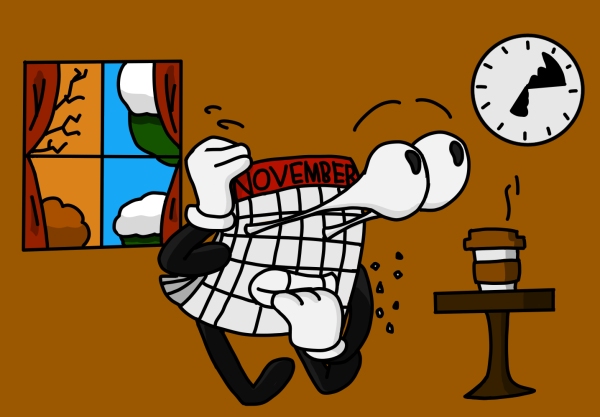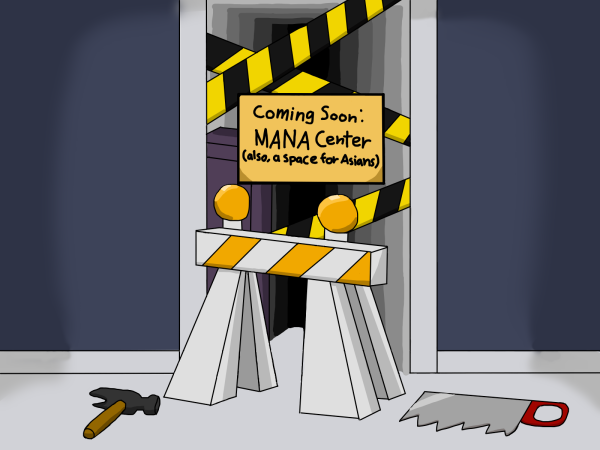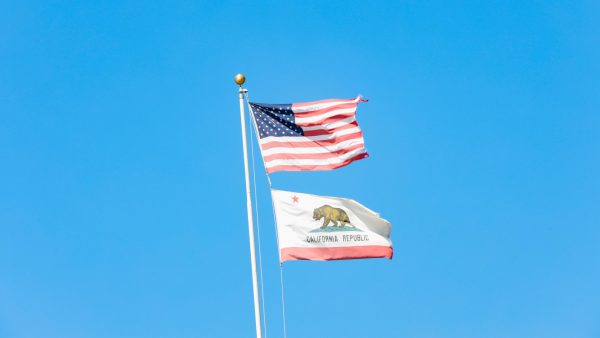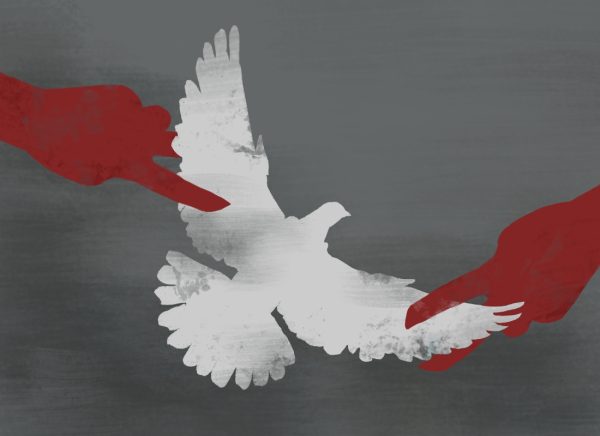Editorial: Ongoing drought requires the entire community to save water
Everywhere around us, California is feeling the effects of a drought that has lasted these last three years, without any end in the foreseeable future. Now more than ever, it’s vital that we as a community take steps to conserve water.
Here in Los Angeles, we’re lucky enough to have avoided the worst effects of the drought so far. While huge tracts of farmland lay unplanted, and in more rural areas residents are no longer even able to flush toilets, LA’s access to water reservoirs has allowed it to continue with business as usual.
However, with experts like the National Oceanic and Atmospheric Administration predicting yet another dry winter this year, that could be quickly changing.
Already, water levels in California’s three largest reservoirs are down to around 30 percent capacity, according to an article from CNBC. Experts are warning that next spring and summer will bring with them severe water shortages for the entire state.
With these ominous signs all around us, it’s time to get serious about the drought and conserving water. While some out there might argue Californians are already doing their part, there are plenty of signs that not everybody has gotten the message.
For instance, last September a group of people attempted to organize an event featuring a 1000-foot-long slip-n-slide running through the heart of LA.. Fortunately the city was aware enough to put a stop to the event before it could happen, but the fact that anyone thought it would be a good idea in the first place is rather worrisome.
Worse yet, the Center for Biological Diversity released a statement earlier this month that almost three billion gallons of toxic waste and byproducts from fracking have been dumped into aquifers that supply drinking water to central California.
What would normally be considered a horrific ecological disaster is now a major threat to the health and safety of Californians, who have little access to water outside of that now tainted ground water, or water brought in at great expense from outside the state.
Unfortunately, living here amidst the manicured lawns and and decorative trees so common around LA, we as residents have a tendency to forget one simple truth: the majority of California is naturally a desert.
This isn’t meant to be a rant about the folly of man trying to outsmart nature, or anything like that. Instead, it’s a warning about simple economics, and of supply and demand.
We want water. We don’t have very much water. If we don’t want to go thirsty, or be living in our own version of Frank Herbert’s “Dune”, we need to start taking action now.
The steps to take are easy. EC’s own horticulture club has plenty advice, and you can find more at wateruseitwisely.com.
It’s all stuff we’ve been hearing for years, but there’s just one difference now. Before, these things were good ideas. Now, they could be a matter of survival for a drought stricken California.



